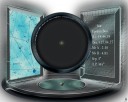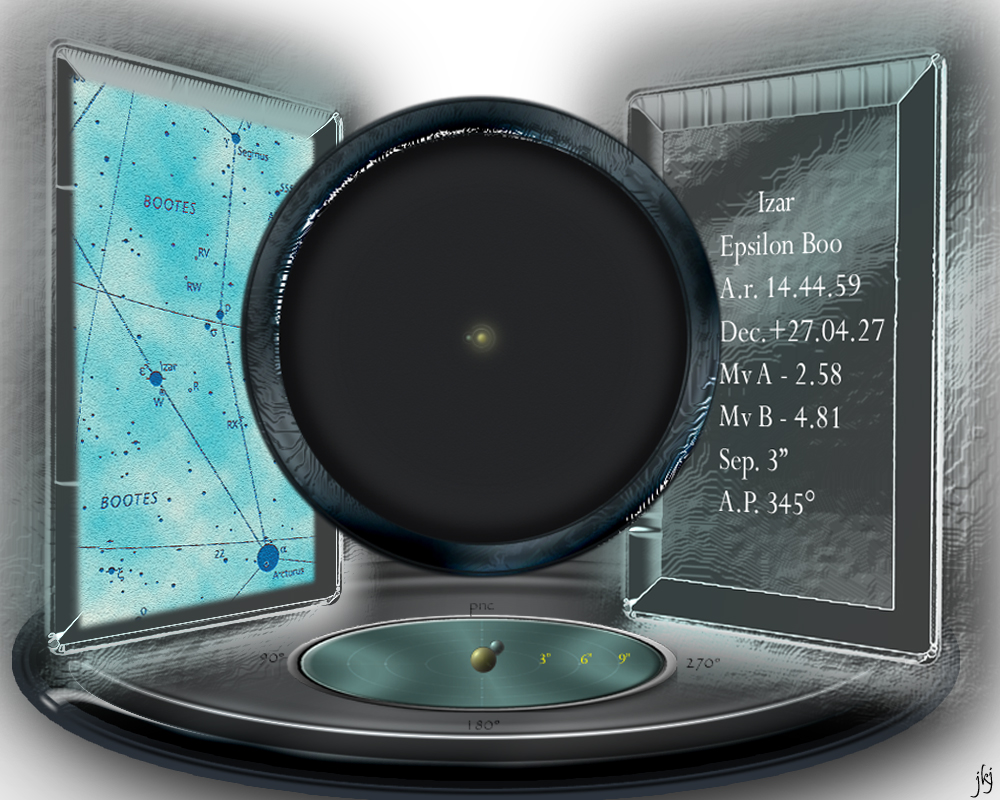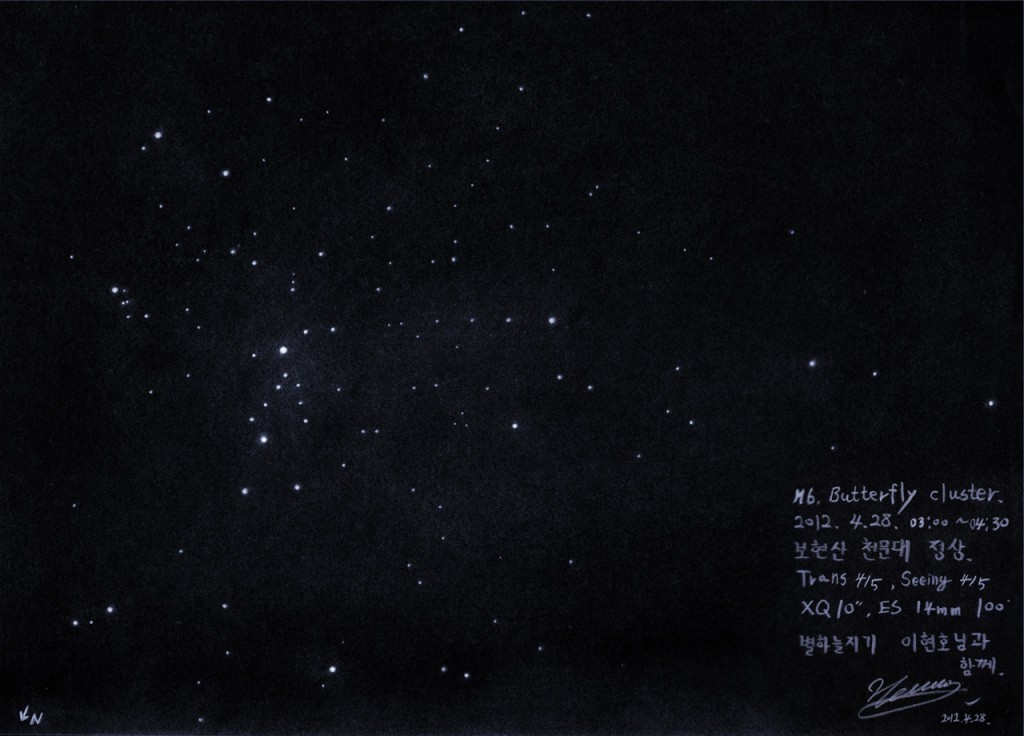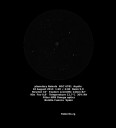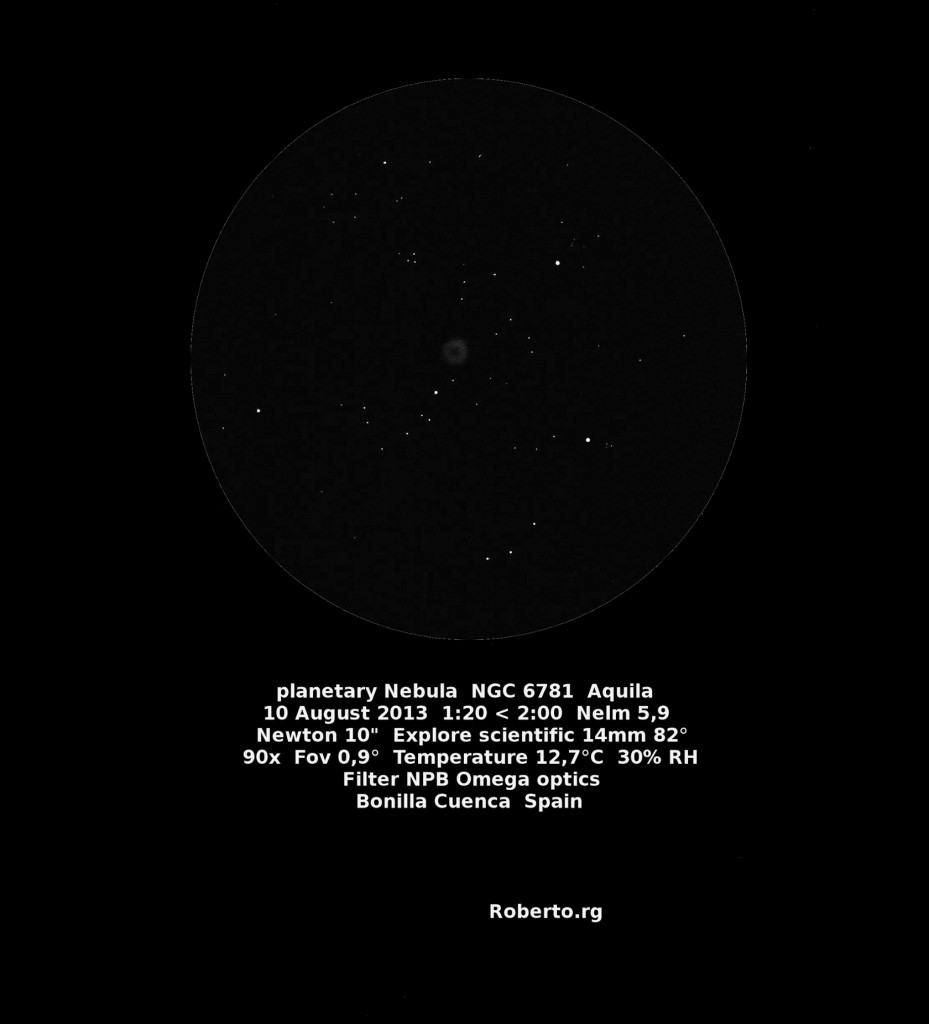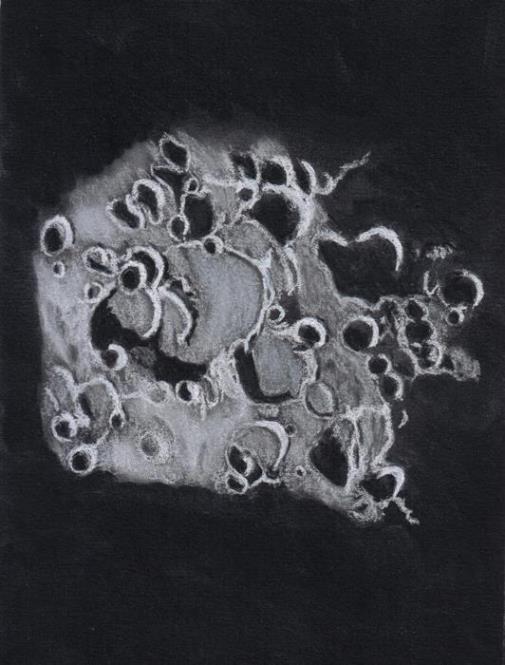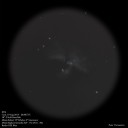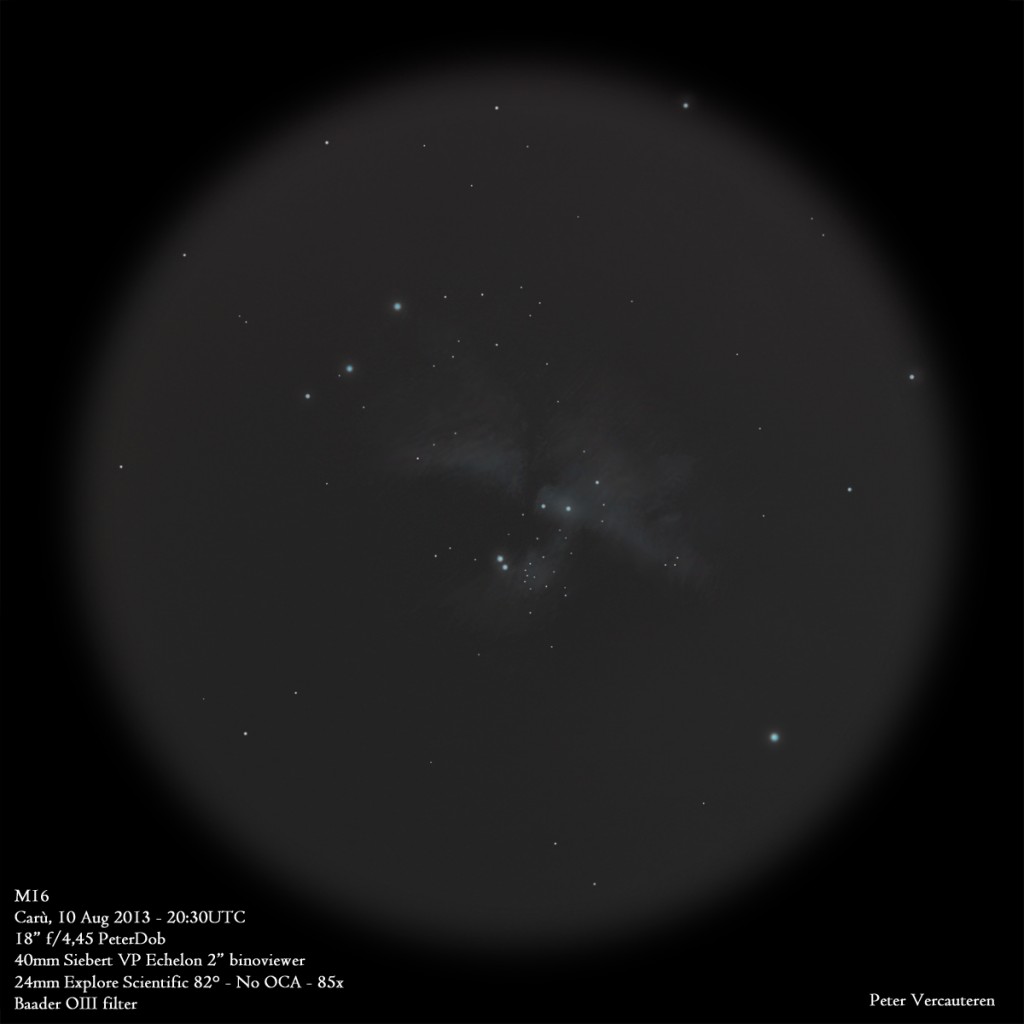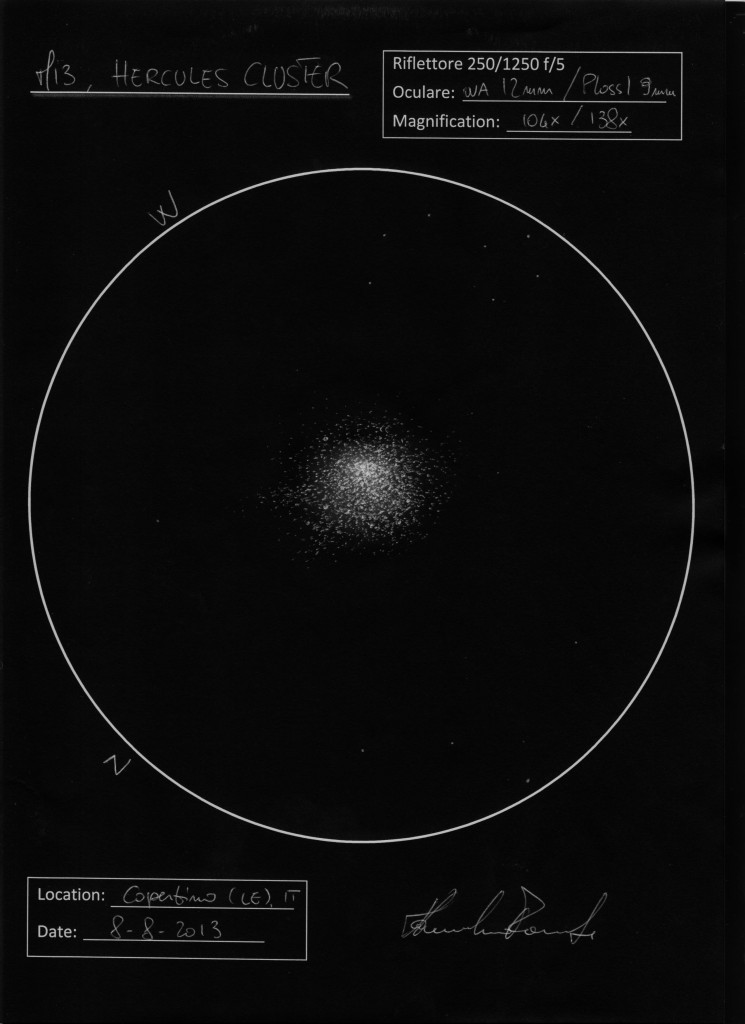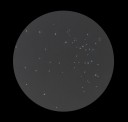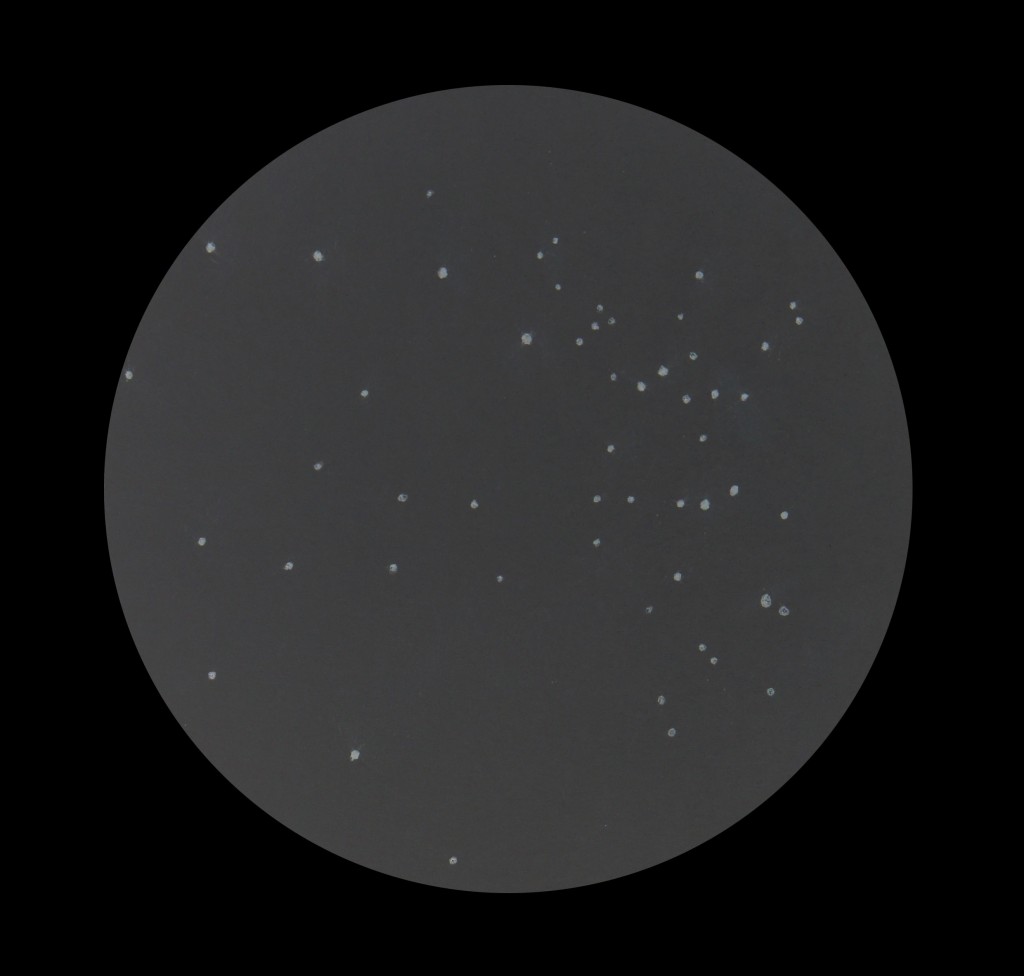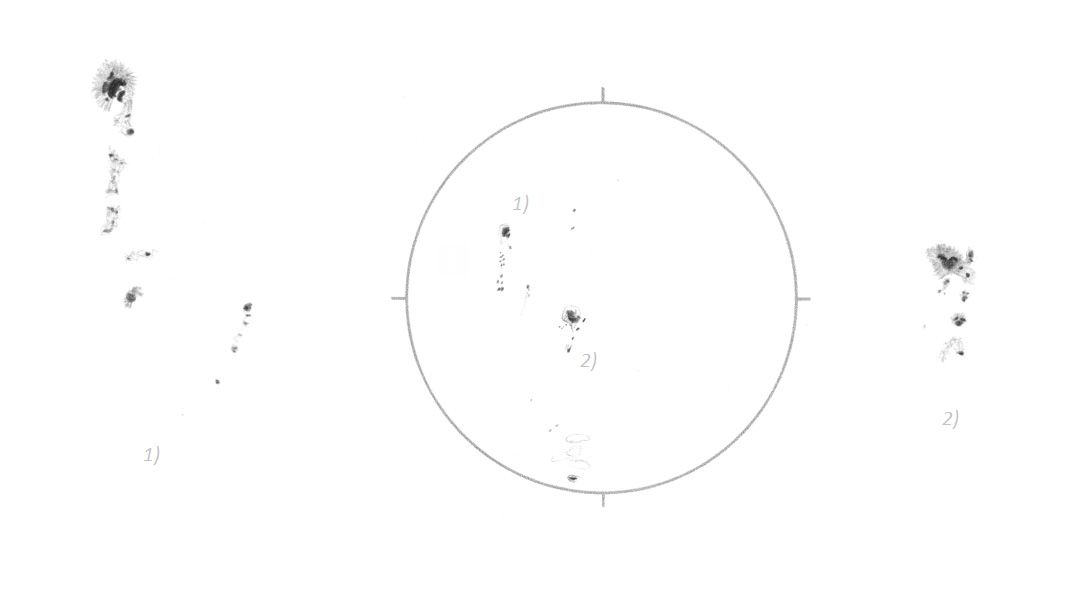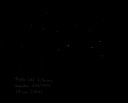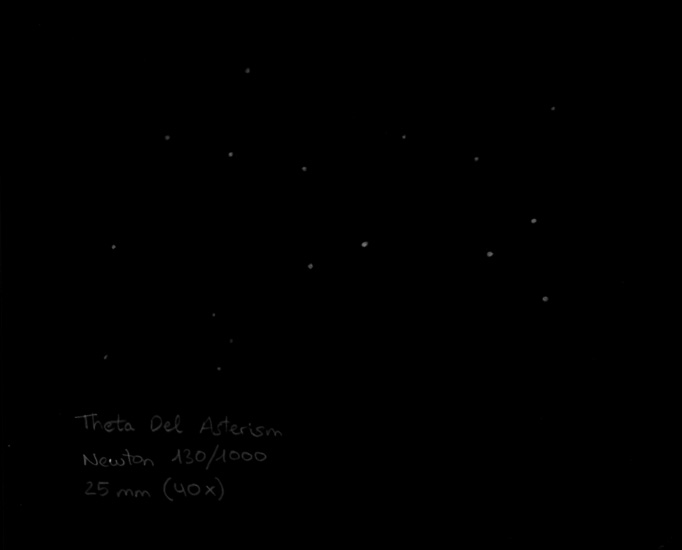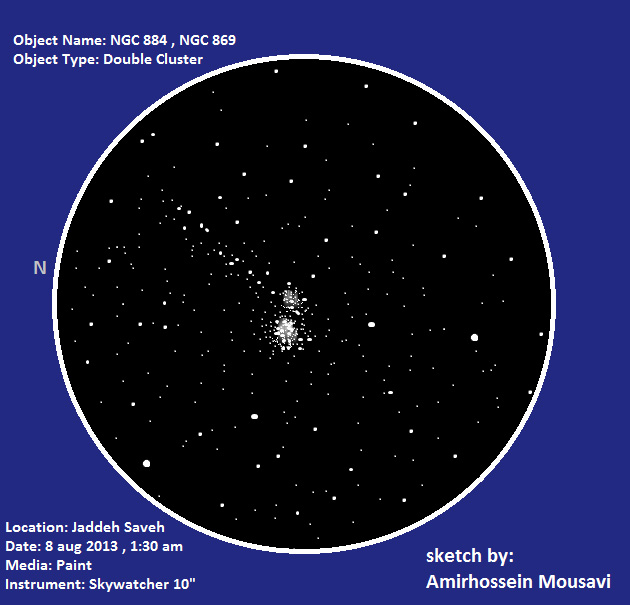
Object Name: NGC 884,NGC 869
Object Type: Double Cluster
Location: Iran, Jaddeh Saveh
Date: 8 aug 2013, 1:30 am
Media: Paint Software
Instrument: Sky watcher 10″
sketch by: Amirhossein Mousavi
Sketching don’t need any extraordinary instrument but accuracy!!!
This Double cluster is one of the most beautiful objects in north sky in the Perseus,
Every one can see this cluster without any instrument like a little halo above the Perseus,
you can get more information about this cluster here:
http://en.wikipedia.org/wiki/NGC_884
http://en.wikipedia.org/wiki/NGC_869

